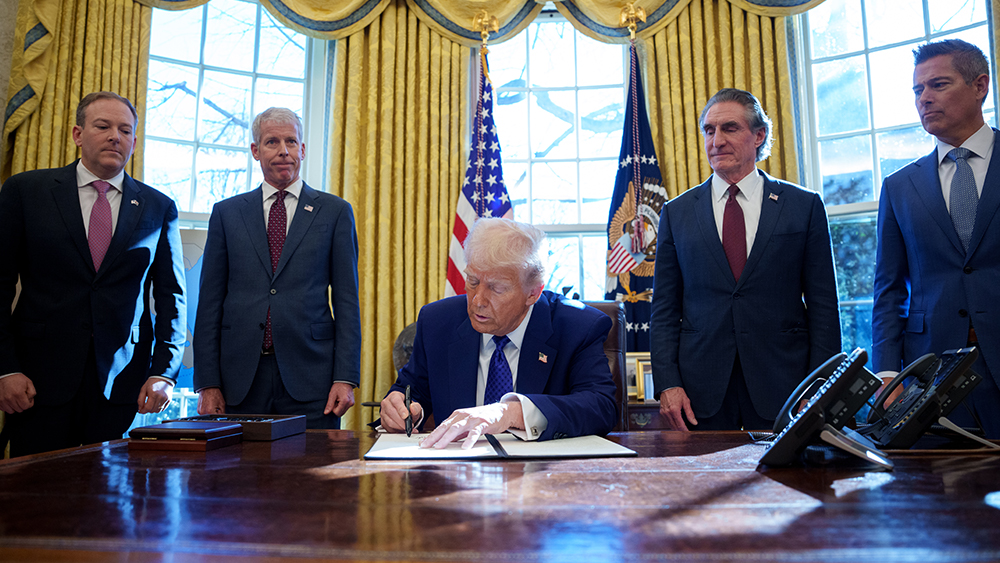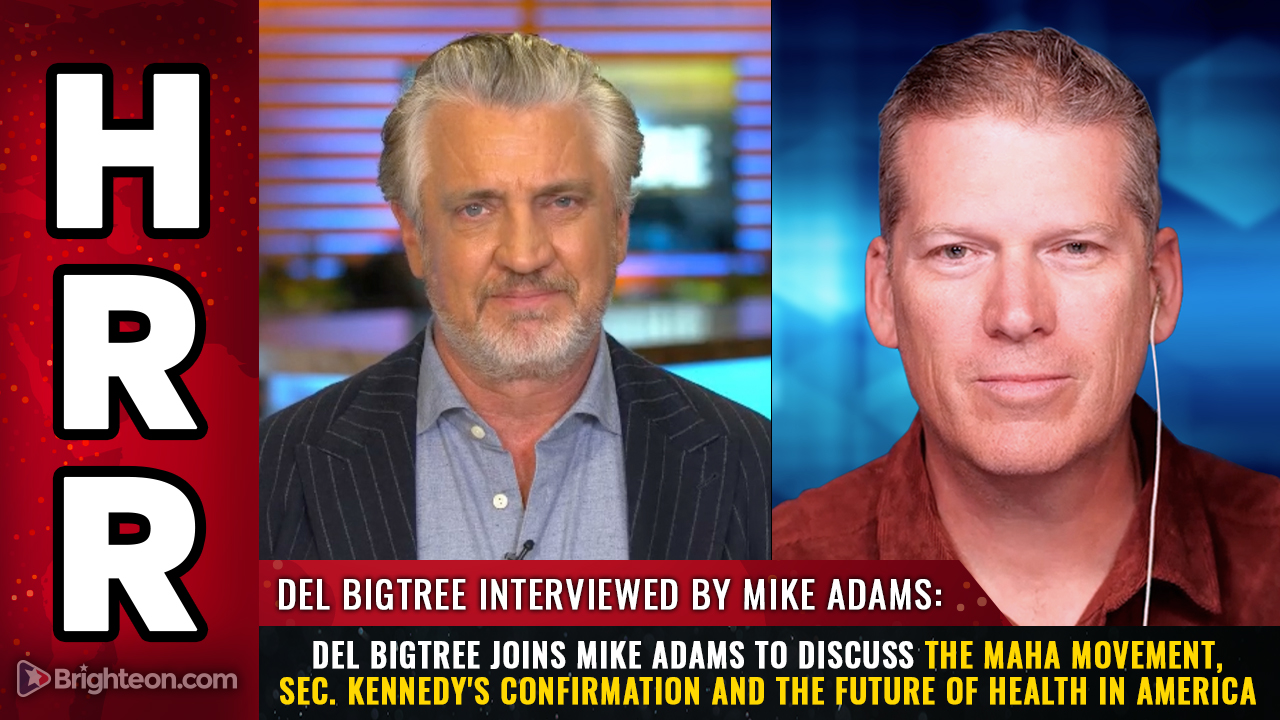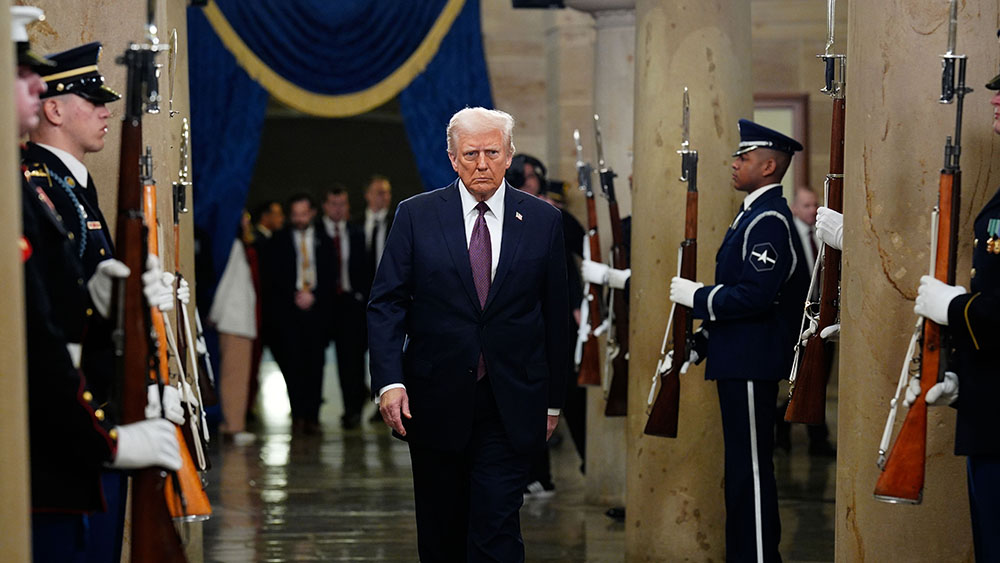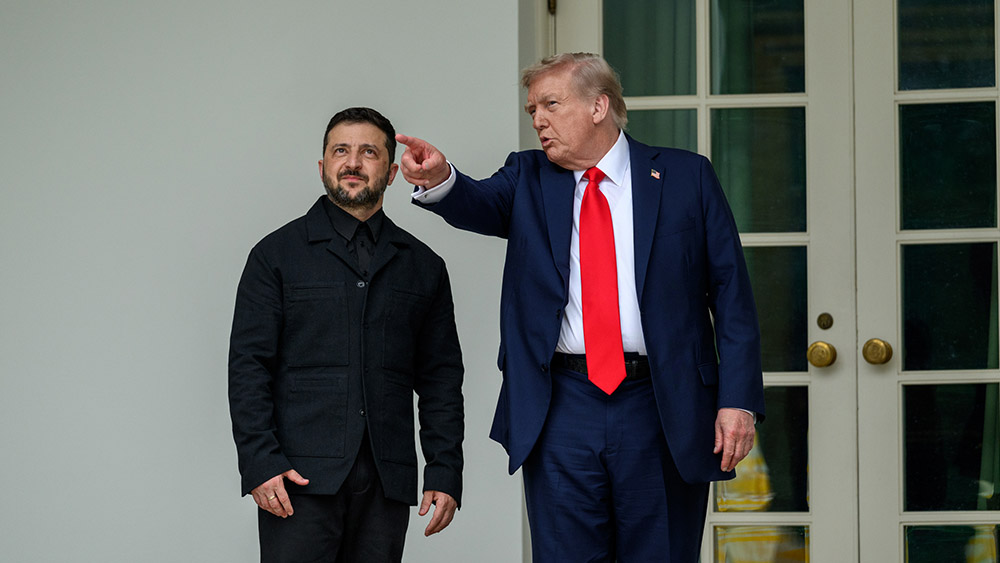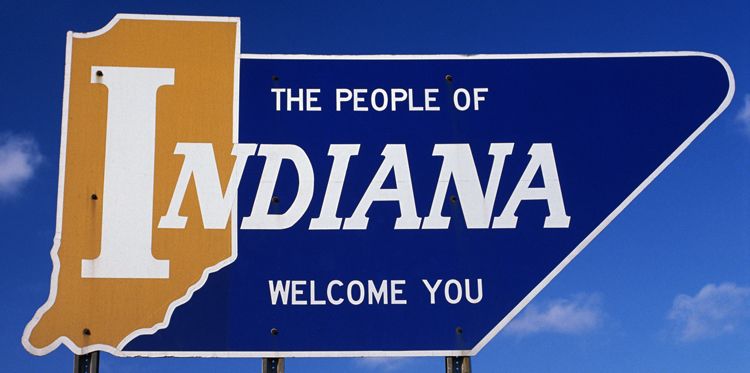
- Indiana lawmakers propose absorbing 33 Illinois counties frustrated with Chicago’s liberal policies, offering lower taxes and a business-friendly environment.
- The movement, led by Indiana House Speaker Todd Huston, has gained momentum since 2020, with seven more counties joining in November 2024.
- A bipartisan Indiana-Illinois Boundary Adjustment Commission would evaluate the feasibility, but approval from both states and Congress poses significant hurdles.
- Rural Illinois residents feel politically and culturally alienated, citing crime, budget mismanagement, and policies misaligned with conservative values.
- The proposal symbolizes growing urban-rural divides and highlights broader national tensions over governance and state boundaries.
A conservative lifeline from Indiana
Indiana’s proposal, encapsulated in House Bill 1008, would establish an “Indiana-Illinois Boundary Adjustment Commission” to evaluate the feasibility of absorbing the secessionist counties. Speaker Huston has framed the offer as a win-win for both states, emphasizing Indiana’s low taxes, business-friendly regulatory environment, and robust economic development. “We just think this is a great opportunity for people in Illinois that want to secede, but we say, ‘join us,’” Huston told Fox32. “Low taxes, low regulatory environment, a ton of economic development already taking place. We’re kinda raising our hand to say, ‘Hey, don’t start a 51st state, we’d love to have you in Indiana.’” The proposal has garnered bipartisan support in Indiana, with even some Democrats expressing sympathy for the plight of rural Illinois residents. However, the path to redrawing state boundaries is fraught with challenges. Both the Indiana and Illinois legislatures would need to approve the change, followed by the U.S. Congress. Given Illinois’s Democratic supermajority, the proposal faces significant hurdles.The roots of rural discontent
The secession movement is driven by a sense of political and cultural alienation among rural Illinois residents, who feel their voices are drowned out by Chicago’s dominance. With nearly half of Illinois’s 13 million residents living in the Chicago metropolitan area, downstate communities argue that their needs are consistently ignored. “Our governor claims we’re in Illinois,” said Loret Newlin, director of the Illinois Separation Referendum campaign. “But those of us who live outside Cook County know we aren’t and haven’t been. We don’t see a way to fix it.” Critics of Chicago’s liberal leadership point to rising crime rates, mismanaged budgets, and policies that clash with conservative values as key drivers of the secessionist sentiment. Groups like Illinois Separation and New Illinois have been instrumental in organizing the movement, with New Illinois even drafting a new constitution for a potential 51st state. While the proposal is unlikely to succeed in the short term, it highlights the growing polarization between urban and rural America. Similar movements have emerged in other states with large urban centers, such as California and New York, where rural counties feel marginalized by liberal policies. Indiana’s offer also raises broader questions about the future of state boundaries in an increasingly divided nation. The last time state lines were significantly redrawn was during the Civil War era, making this proposal a rare and historic attempt to address modern political grievances.A symbolic stand against liberal overreach
Indiana’s proposal to absorb 33 Illinois counties is more than just a legislative maneuver—it’s a symbolic stand against the liberal policies that many conservatives believe are eroding the fabric of rural America. While the odds of success are slim, the movement underscores the deepening divide between urban and rural communities and the growing frustration with one-size-fits-all governance. Whether through secession or reform, rural residents are determined to reclaim their voice in a state increasingly dominated by Chicago’s liberal agenda. Sources for this article include: YourNews.com Independent.co.uk IndyStar.comGOP advances Trump’s tax cuts and border agenda in dramatic 217-215 House vote
By Cassie B. // Share
Trump’s $5 million “gold card” visa plan could erase U.S. national debt
By Cassie B. // Share
Mike Adams backs Trump and Musk’s bold plan, calls for swift action
By Finn Heartley // Share
Del Bigtree and Mike Adams unpack the MAHA movement’s impact and future goals
By Finn Heartley // Share
What will the Trump wrecking ball hit next?
By News Editors // Share
Trump pushes for Keystone XL Pipeline revival, citing energy independence
By Cassie B. // Share
New hybrid mpox strain detected in U.K. sparks global concern
By patricklewis // Share
Qatar and Turkey propose two-year Hamas disarmament plan as Israel rejects extended timeline
By kevinhughes // Share
Zelensky agrees to hold elections under pressure from Trump
By bellecarter // Share
AI-priced groceries: Instacart's secret experiments inflate your food bill
By isabelle // Share

